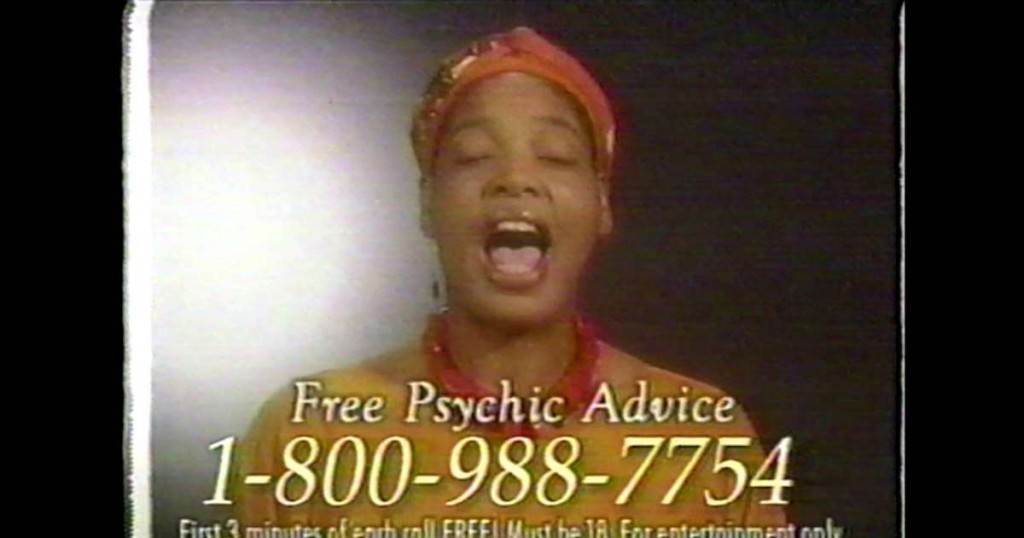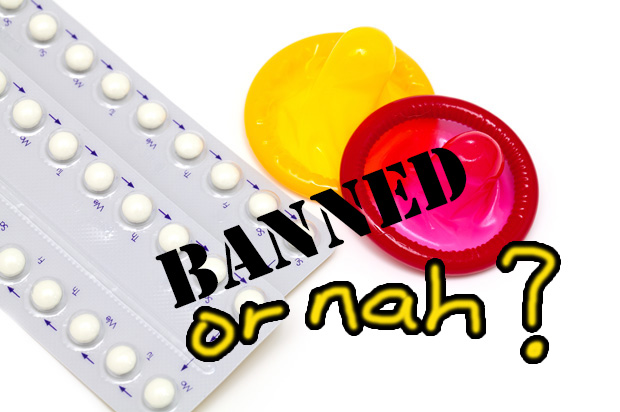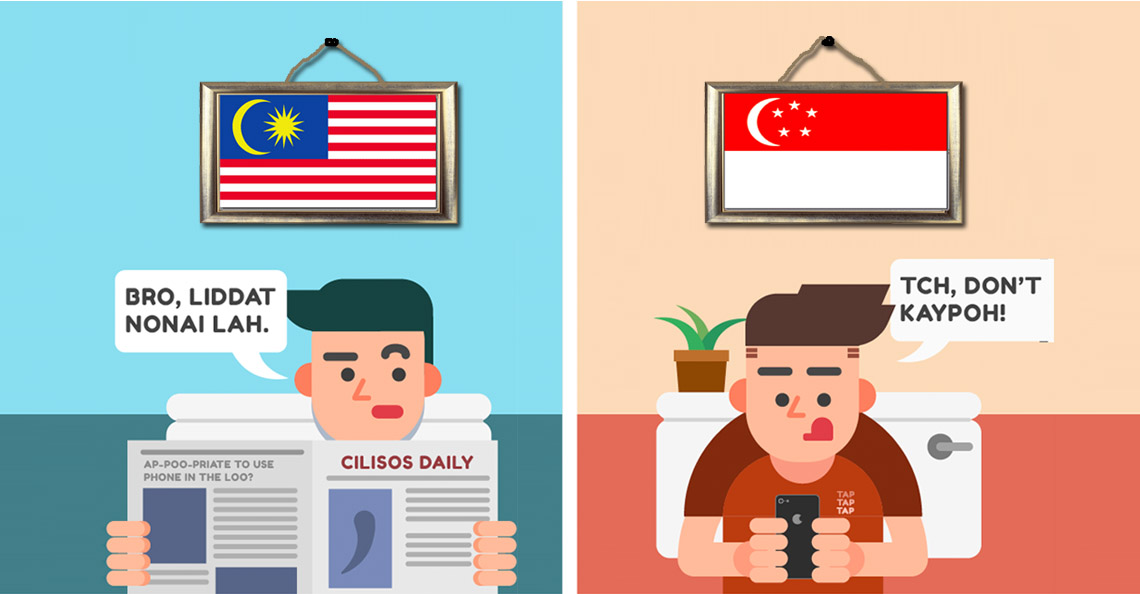5 things Malaysian ads are banned from having. Some of them are really weird.

- 333Shares
- Facebook264
- Twitter13
- LinkedIn15
- Email15
- WhatsApp26
Among many things, our first Prime Minister, the late Tunku Abdul Rahman led Malaya to independence and also granted us the Malaysian Code of Advertising. Governed by the Advertising Standards Advisory (ASA), the code is to ensure the practice of good, honest, decent and legal advertising.
Basically, the Code aims to promote and enforce high ethical standards in advertisements. ASA is also responsible in seeking and solving problems, and investigating complaints about ads in printed and outdoor advertising form. The reason why they are doing all these is to kononya protect the interest of us, the consumers (who mostly ignore ads) from misleading or offensive ads.
Okay, we already know that Malaysia bans ads that contain haram things like ladies in bikinis and lingerie, smoking, alcohol and ads from Israel (prolly cos our country isn’t friends with them), but we dived into the list, and we’re pretty sure we found some stuff that even advertising people wouldn’t know are banned in Malaysia. Here are the 5 most curious ones.
1. The word… “Merdeka”?!

Yup. Bizarrely enough, at the end of August in 2015, ad agencies and media received an advisory to remove all instances of the word MERDEKA from their promotional materials. We wrote about it then, and our post actually created quite a social media poopstorm. Some suspected it was some sort’ve police state dystopian future thing #blamenajib, but the truth was that it was to be more inclusive of Sabah and Sarawak.
“There is nothing wrong for Malaya to celebrate its 58th year of independence, and Sarawak and Sabah will celebrate it with them if invited. However, he said it would be historically wrong if the federal government declared August 31 as Malaysia’s 58th year of independence. It is therefore wise to omit the words ‘Merdeka’ and ‘58th year of Malaysia’ on August 31. Malaysia’s 52nd year of independence is September 16, 1963 and not August 31, 1957,”. – Land Development Minister Tan Sri Datuk Amar Dr James Masing,Borneo Post,August 28, 2015
As far as we can tell, the ban still applies today.
2. Ads that promote …medical and legal services

Some might know but many don’t that advertisements are strictly restricted for professionals like lawyers, doctors and dentists. An individual doctor is not allowed to advertise his practice due to the fear of misleading the public, gaining undeserved advantage over his colleagues and just to avoid the overall idea of promoting healthcare like it’s a business. Many countries do this, as a measure to prevent these fundamental services from becoming too commercial, although there’s argument that it’s happening regardless.
While the logic behind the rule makes sense, the Malaysian Medical Council and many doctors believe that the tight rule should be loosened. As a world medical hub that has won awards such as Best Country in the World For Healthcare and Medical Travel Destination for Year 2015, a lot of Malaysians are sadly unaware of the medical talents we have here and travelling abroad for treatments instead.
Private Hospital Association Malaysia president Datuk Dr Jacob Thomas said that it is due to the lack of information that is causing the public to go elsewhere. He believes that they should at least be allowed to provide factual information about their experiences. Testimonials are also highly useful. As a matter of fact, countries like Singapore and Thailand are okay with the medical industry publishing patient testimonials online. Maybe educating the public through ethical advertising can further boost our medical tourism.
“Give doctors and hospitals a detailed list of the specific words that can or cannot be used, and leave it to us to keep the public informed,” Datuk Dr Jacob Thomas, Private Hospital Association Malaysia president, The Star
On the flipside, do we really need more ads? CILISOS does!
3. Ads that show your ketiak, and men in… G-strings?

This may be a given but armpits are generally not allowed to be shown on Malaysian media. If you feel like you’ve seen some pits somewhere before, don’t worry, you’re not imagining fake armpits because the no-armpit rule isn’t exactly a definite one. While no one really knows why armpits are such a big deal, most media and advertising companies still censor them to probably avoid trouble, as most significantly seen in the infamous 8tv Ramadan ad back in 2011 and in an NST article.
If you notice even one of the 5,000 ads we come across daily, you’ll realize that armpits are technically unavoidable in deodorants ads. So while a close-up shot of an armpit may be crossing the lines, a lot of brands advertise deodorant from a side view without actually revealing the whole armpit.

According to a research paper (no, not a research about armpits but about advertising controversial products in Malaysia), our Advertising Code was heavily influenced by the government’s effort to promote Islamic values and principles throughout the country and we’re guessing that armpits might be revealing aurat?
Again, if you feel like you’ve come across some armpit ads especially in women’s magazine, the authorities may be more lenient on them mainly because of the fact that women’s magazine = mostly women readers and the need for censorship may not be as important.
Then again, the guidelines do seem to lean heavily towards women… except the oddly specific Man in G-string line. lol

4. 600 lines of telephone

Yep. We were damn confused by this line as well, like who are these poor 600 flers that kena ban? So we did some digging and suddenly recalled that way way back before the days of internet porn, there were phone lines that people call… like you know la, chatting with some stranger about hamsap stuff, or finding our your fortunes.

We reckon this ain’t a bad thing since the chances of someone creating a real psychic link over a bad phone line are pretty slim.
5. Ads with places of worship

In a list that contain things that are banned from being advertised provided by the Ministry of Home Affairs, ads showing pictures of the Kaaba or mosque in the background are not allowed. Sadly, we couldn’t find any reasoning behind it to feed our curiosity. But, an advertising lecturer in a local university told us that using places of worship in ads are generally not advisable from an ethical standpoint.
But then, we came across a Global TV advertising campaign by Tourism Malaysia called the ‘My Mosque’ program that aimed to showcase the many mosques around our country. Keyword: global TV advertising. So we just kinda use our common sense la and we guessed that using places of worship for tourism purposes is alright, as long as brands don’t use it to their advantage to sell their product or service, make sense anot?
Also, the recent Maxis Raya ad was shot in a mosque too… which brings us to a question we’re sure you’re all asking.
“Eh but I’ve seen these ads before what!”

It’s important to note that these rules are applicable for printed and outdoor advertising. Of course, there are regulations for online advertising as well, but its not as strict as it’s pretty difficult for the authorities to monitor everything online. So, let your creative juices flow on the Net but try not to go too YOLO cause once it’s online, it stays there forever.
Anyway, we found more interesting info along the way but because we couldn’t find details, here’s a quick list of things that are not allowed to be advertised:
- Advertisement for birth control
- Pictures of spaces in all protected places and protected areas
- Horrifying pictures of real events (like the close up of somebody covered in blood or somebody decapitated in an accident)
- Excerpt of Al-Quran words, sufficient with the publishing of translation of the words and its verses mentioned
- Oh and Brad Pitt.
While some rules are a bit stricter especially when it comes to Islamic affairs, the rest are actually not too rigid. Just like the no-armpit rule, some cases may be let off the hook depending on the circumstances. Most publication and advertising agencies pretty much just self-regulate and operate on a “follow your guts” basis whereby they sendiri tahulah what should and should not be advertised.
- 333Shares
- Facebook264
- Twitter13
- LinkedIn15
- Email15
- WhatsApp26



